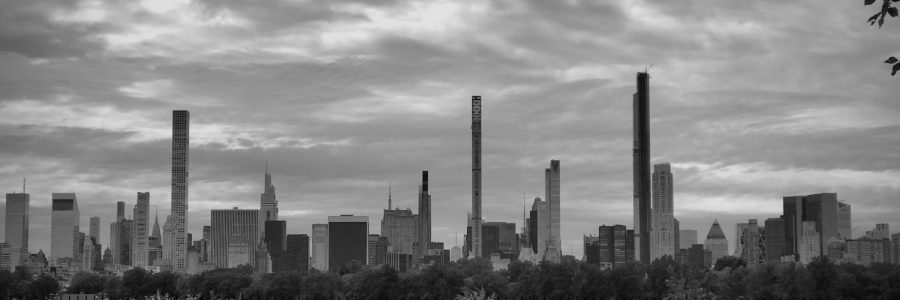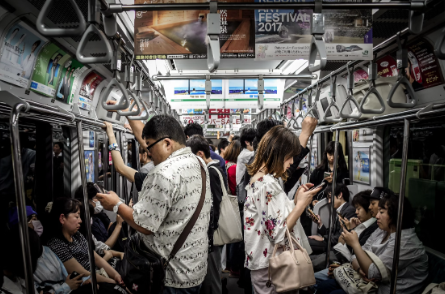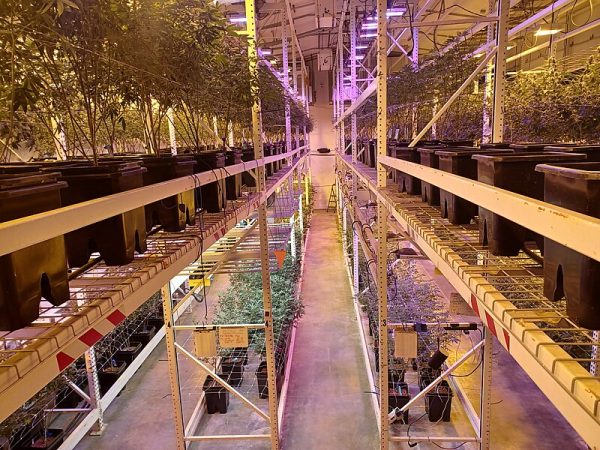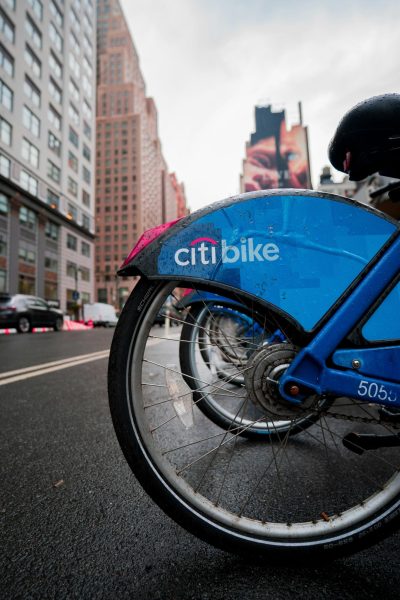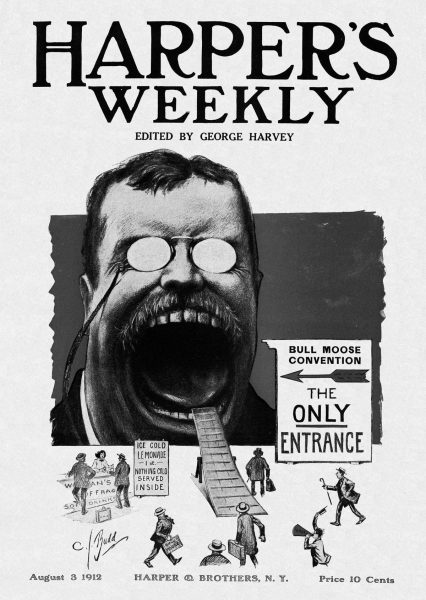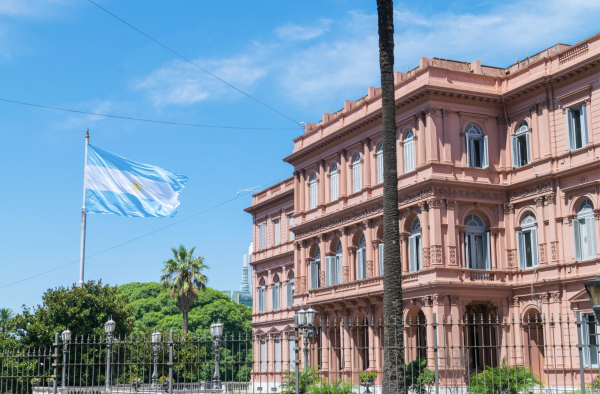Unphased by the Coronavirus Pandemic, Billionaires’ Row Sales Continue
Here is a panoramic view of Billionaires’ Row as seen from within Central Park in Manhattan.
Despite the United States’ Gross Domestic Product dropping 31.4% due to the effects of the global novel Coronavirus pandemic, recording the largest quarterly drop since the Great Depression, residential sales in Billionaires’ Row trudged along in September 2020. Six apartments totaling approximately $250 million closed across three new developments in the set of skyscrapers directly south of Central Park, nicknamed ‘Billionaires’ Row.’
Most notably, the first super-tall skyscraper to bestow the Billionaires’ Row title, One57, sold two units: the 88th full-floor unit for $28 million and an apartment on the 56th floor for $4 million. Four blocks south at 53 West 53rd Street, the new development built above the Museum of Modern Art sold the entire 72nd floor for $29.9 million. Additionally, three top-floor apartments closed in the prestigious 220 Central Park South for approximately $60 million each, totaling $180 million in the development alone.
Defying the recent drop in Manhattan’s real estate sales, the closings could signal a resurrection of the New York real estate market. Prior to the COVID-19 pandemic, which started to affect New York in February 2020, the city’s ultra-luxury real estate market was already predicted to have been fizzling out. Following the largest period of economic growth in United States history, resulting in a boom of new luxury developments offering countless amenities, Manhattan real estate sales had begun to drop steadily for the first time since 2010. In line with analysts’ predictions of an oversaturated luxury real estate market resulting in falling prices, residential units on Billionaires’ Row have been trading at a 25% loss. With the pandemic’s lockdown measures only further accelerating the trend, this year marks a new epoch in the New York City real estate market.
Although half of the closings were under contract prior to the COVID-19 outbreak, three units were contracted during the pandemic: the 72nd floor at 53 West 53rd and the two units at One57. Both units at the latter went for approximately 40% off their original asking prices prior to the pandemic, totaling $57.4 million lost by the sellers. At One57 alone, resales since 2014 — when the development opened as the tallest residential building in New York City — have closed at an average of a quarter off of their initial asking prices.
In addition to exploiting the glut of luxury apartments and economic effects of the Coronavirus pandemic, buyers are also seeking price reductions for the uncertainty revolving around the election cycle. With Billionaires’ Row aptly named for its residents’ wealth, they are the most vulnerable to the new tax legislation proposed during this election cycle. With the current extravagant benefits of investing in real estate, including tax write-offs and return on investment, buyers are rushing to finalize their purchases before potentially losing out on the benefits.
Posing a stark contrast to the 54% decline in the surrounding borough of Manhattan’s real estate sales and the migration of white-collar workers to the outer boroughs in search of more livable space, the recent trends in the real estate market parallel the socioeconomic divide between the top 1% and the rest of the nation. “There’s been a noticeable increase of apartments in my neighborhood being listed for rent or sale, but walk just a couple blocks over, and you find moving trucks and no end in sight of new skyscrapers,” said Jordan Krevoy ‘21, a local Sutton Place resident. While ordinary people are just trying to find a better living for themselves, billionaires are taking advantage of the circumstances to earn money.
“There’s been a noticeable increase of apartments in my neighborhood being listed for rent or sale, but walk just a couple blocks over, and you find moving trucks and no end in sight of new skyscrapers,” said Jordan Krevoy ‘21, a local Sutton Place resident.
Jonathan Wu is a Sports Editor for ‘The Science Survey’ and is excited to apply his interests to journalism this year. As Sports Editor, he oversees...

